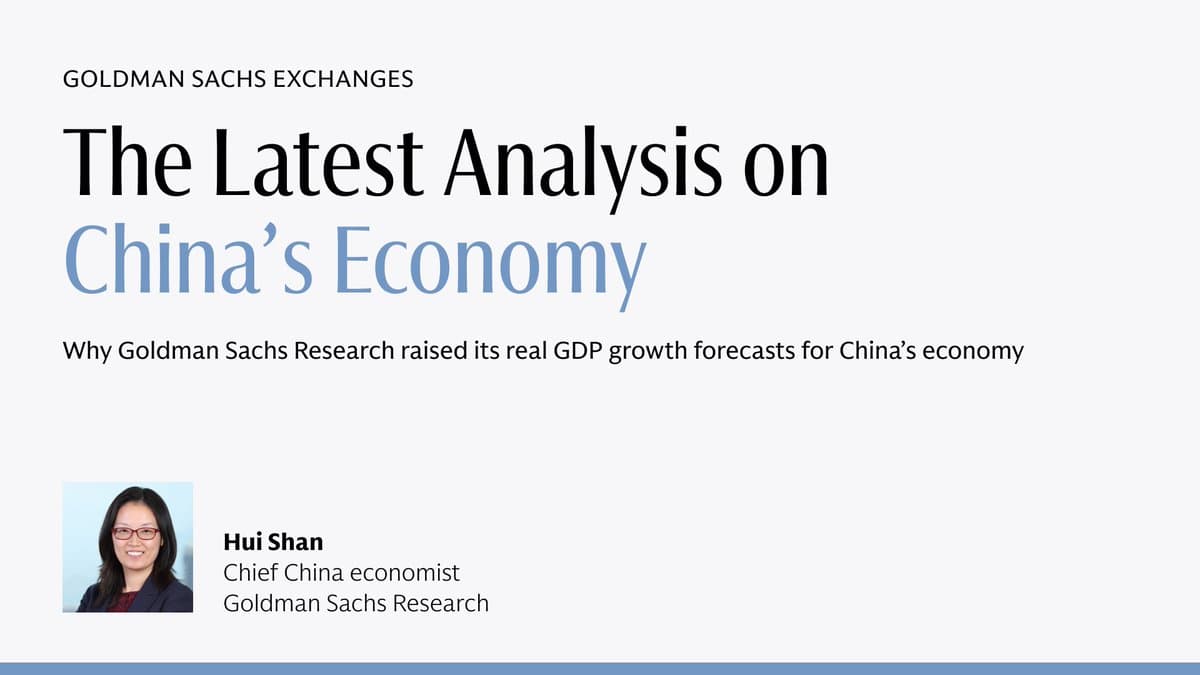China's GDP Forecasts Challenged by Government Goals, Economic Indicators Prove Harder to Predict

A recent statement from financial expert Liqian Ren highlights the inherent difficulties in accurately forecasting China's economic performance, particularly its Gross Domestic Product (GDP). Ren suggested that predicting China's GDP "is essentially guessing on what govt will set its goal next two years," underscoring the significant influence of government targets on official figures. This perspective aligns with ongoing discussions among economists regarding the transparency and methodology of China's economic reporting.
The challenge extends beyond GDP, as Ren further noted that key economic indicators such as "CPI, PMI, import/export/retail sales are harder to forecast." This points to the complex interplay of domestic and international factors that make real-time economic assessment in China particularly intricate. Recent reports indicate China set an ambitious GDP growth target of "around 5%" for 2024, a figure many analysts view as challenging to achieve amidst global economic headwinds and domestic structural issues.
Analysts frequently observe a mixed picture when evaluating China's economic data, with some sectors showing resilience while others face significant headwinds. The Consumer Price Index (CPI), Purchasing Managers' Index (PMI), and trade figures often present a nuanced view that can diverge from official growth narratives. These indicators are influenced by a range of factors, including consumer demand, industrial output, and global trade dynamics, making their accurate prediction a complex task for economists.
Liqian Ren, a recognized financial professional with affiliations such as KraneShares and the CFA Institute, frequently offers insights into China's financial markets and economic trends. Their commentary underscores a critical aspect of analyzing the Chinese economy: distinguishing between policy-driven targets and market-driven realities. The ongoing efforts to balance government objectives with organic economic growth continue to shape the landscape for investors and policymakers alike.